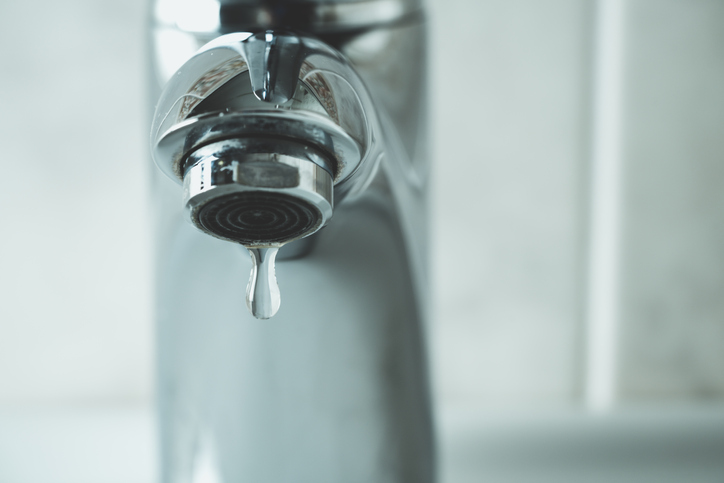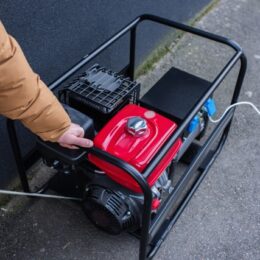
Your family probably spends in the neighborhood of 18 percent of your utility dollars on water heating, according to U.S. Department of Energy estimates.
Here are eight ways to lower your water heating bill:
- Replace old showerheads and faucets in every bathroom. Older models push out way more water than you need to take a comfortable shower or wash up at the sink. Replace them with low-flow faucets and aerating showerheads. The less water you use, the less you have to pay to heat it.
- Repair leaky faucets. It might not seem like those few drips of water add much but they can: The U.S. Geological Survey says that a faucet that drips 20 times per minute will waste a full gallon of water every day. If it’s the hot-water faucet that’s leaking, you’re paying to heat water that you’re wasting.
- Turn the thermostat on your water heater to 120 F. The Department of Energy says that’s a safe and sanitary temperature, and it will keep you comfortable in the shower.
- Wrap an insulated blanket around your electric water heater. Take care to leave the thermostat uncovered. And if your tank is gas or oil-fueled, don’t cover the top or bottom of the heater or its burner compartment. You might need to ask a plumber for help.
- Wrap the hot and cold water pipes that connect to the water heater — for about six feet out.
- Drain about a quart of water from the tank every three months to remove sediment. Built-up gunk in the water heater can make it inefficient because it has to work harder to transfer heat to the water.
- If you’re in the market for a new water heater, choose a high-efficiency model with the Energy Star® label. High-efficiency water heaters use 10 percent to 50 percent less energy than traditional models.
- Water heaters last for up to 15 years, but new models are so much more energy efficient than older ones that it’s worth it to replace yours if you’ve had it for seven or more years.



